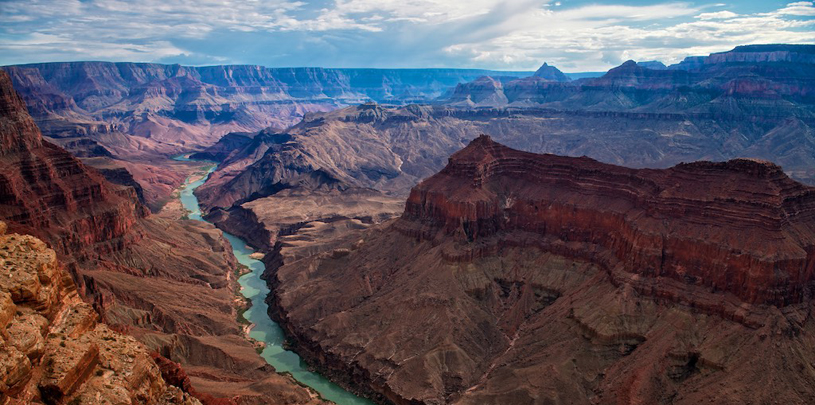
 by Anne Mariah Tapp, Energy Director
by Anne Mariah Tapp, Energy Director
In August 2015, we asked the Bureau of Land Management and the Forest Service to make four reasonable changes to better protect the Grand Canyon from uranium mining. The Forest Service gave us a simple answer: no. But we’re not giving up. And we hope you won’t either.
The Grand Canyon Trust has seen the problems caused by uranium mining in the Grand Canyon region firsthand. We have walked to Horn Creek on a hot day, unable to safely drink from it because the Orphan Mine contaminated this precious water source with uranium. We do not want to see another Orphan happen on our watch.
We spent two years researching and writing a detailed proposal asking the Bureau of Land Management and the Forest Service to make four reasonable changes to the existing laws that govern uranium mines in the Grand Canyon region:
After less than two months, the Forest Service summarily rejected all four changes in a two-page letter.
The Forest Service’s letter is at odds with the facts on the ground. It claims: “the Forest Service rarely approves Plan of Operation for periods longer than ten years.
Reality: The Canyon Uranium Mine – located just six miles from the South Rim, in the Grand Canyon watershed – has a plan of operation dated 1986.
Next, the Forest Service claims that “if during the idle status conditions change, supplemental [environmental review] will be initiated.”
Reality: During the time the Canyon Mine was idle the federal government listed the California Condor as an endangered species and protected nearby Red Butte as a traditional cultural property. The EPA listed radon-222 as a hazardous air pollutant, and, in 2012, the Secretary of the Interior placed a 20-year ban on new uranium mines on nearly 1 million acres surrounding the Grand Canyon. Yet the Forest Service did not conduct a new environmental review for the Canyon Mine; instead it relied on the 1986 review.
And finally, the Forest Service dodged groundwater monitoring completely. The agency did not even address the lack of this essential requirement. What is the Grand Canyon without the water that supports life in the high desert and deep canyons? Are “DANGER: Radioactive” signs the future of the Grand Canyon’s precious springs and seeps?
We are surprised that a federal agency charged with caring for our public lands and waters summarily dismissed a reasonable request to safeguard the Grand Canyon region from toxic and radioactive contamination.
But we are not giving up on this effort – right now, there are three ways that we can rally behind the protection that the canyon deserves:
Comments (2)
Leave A Comment